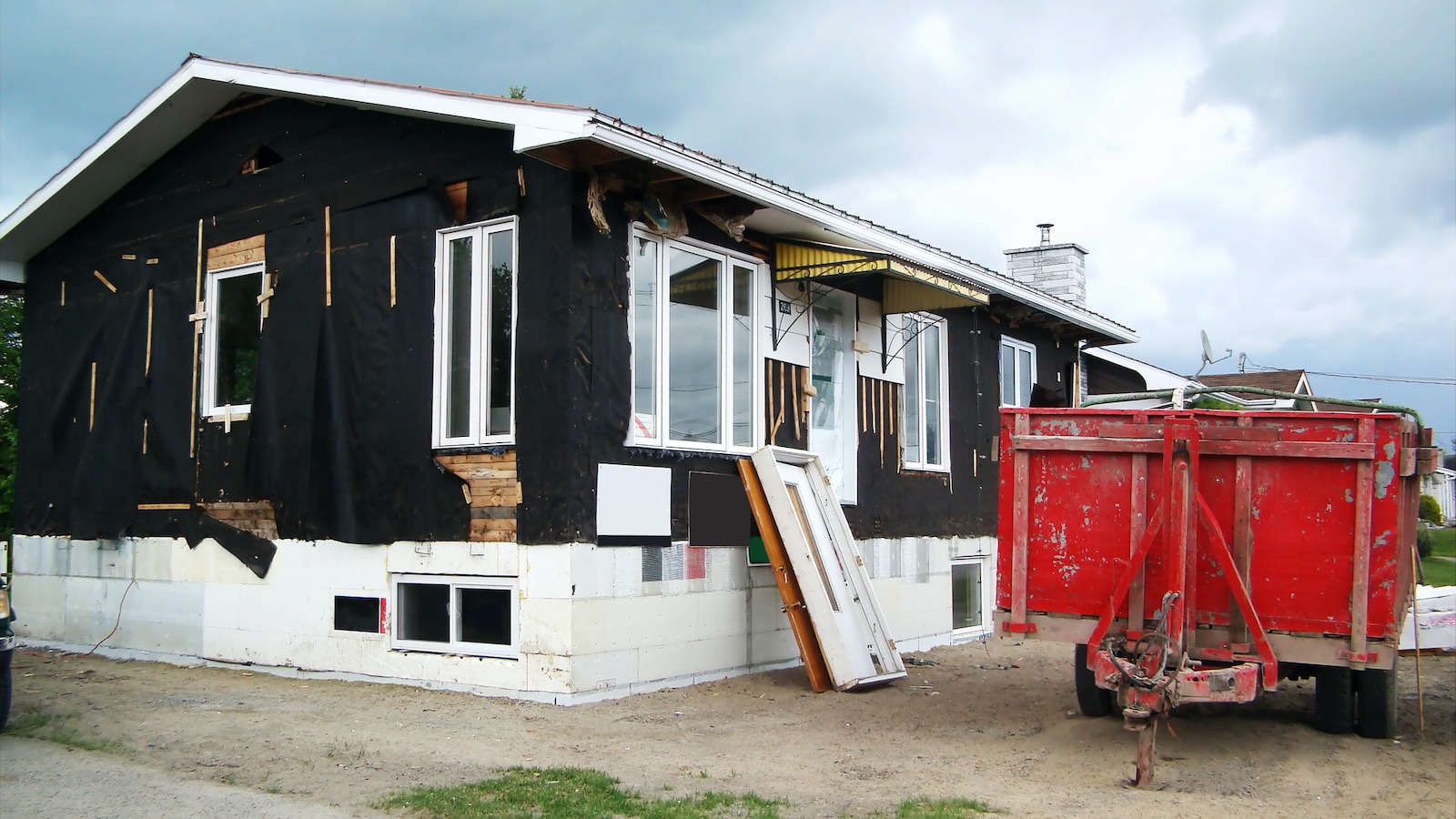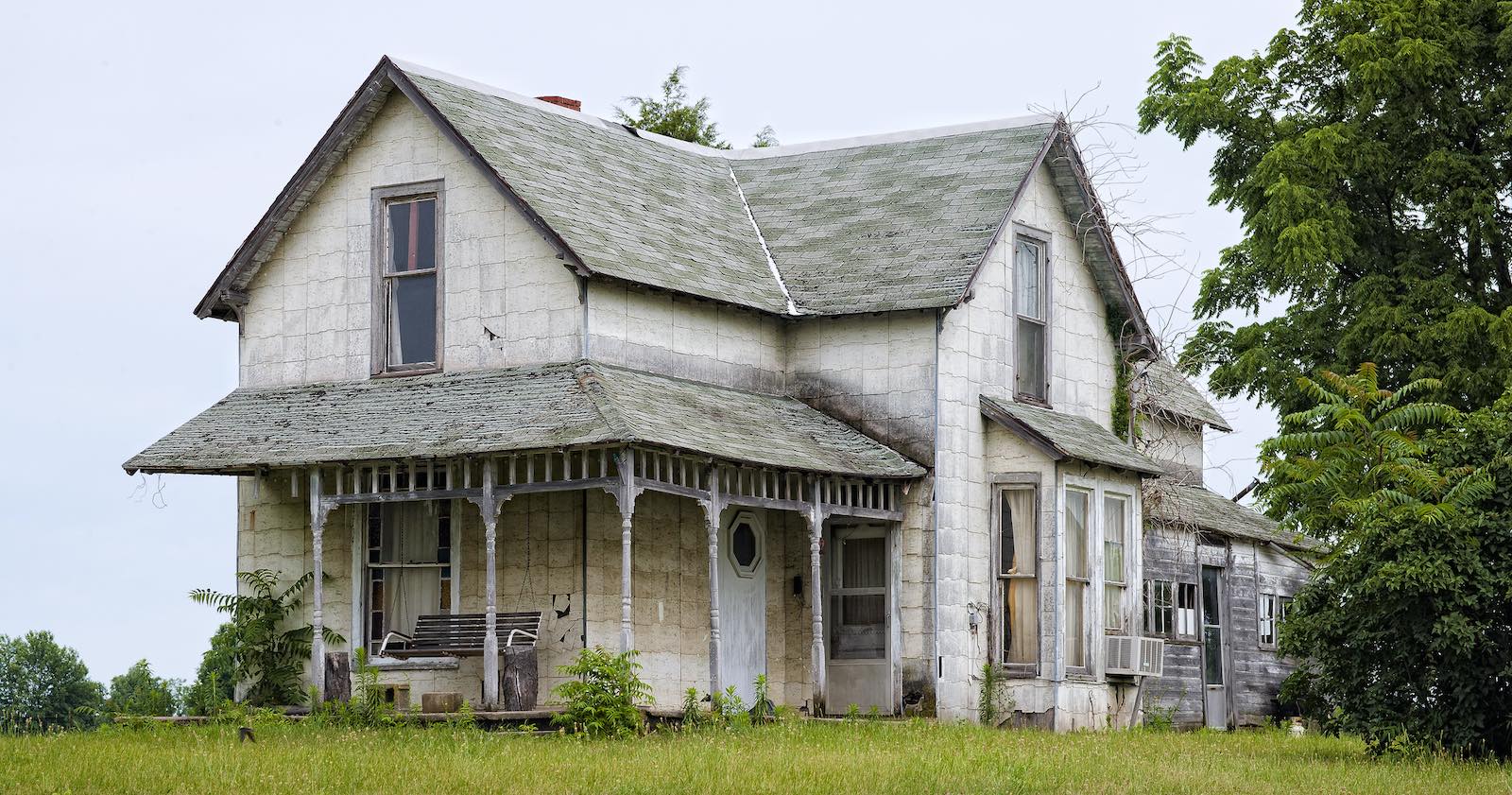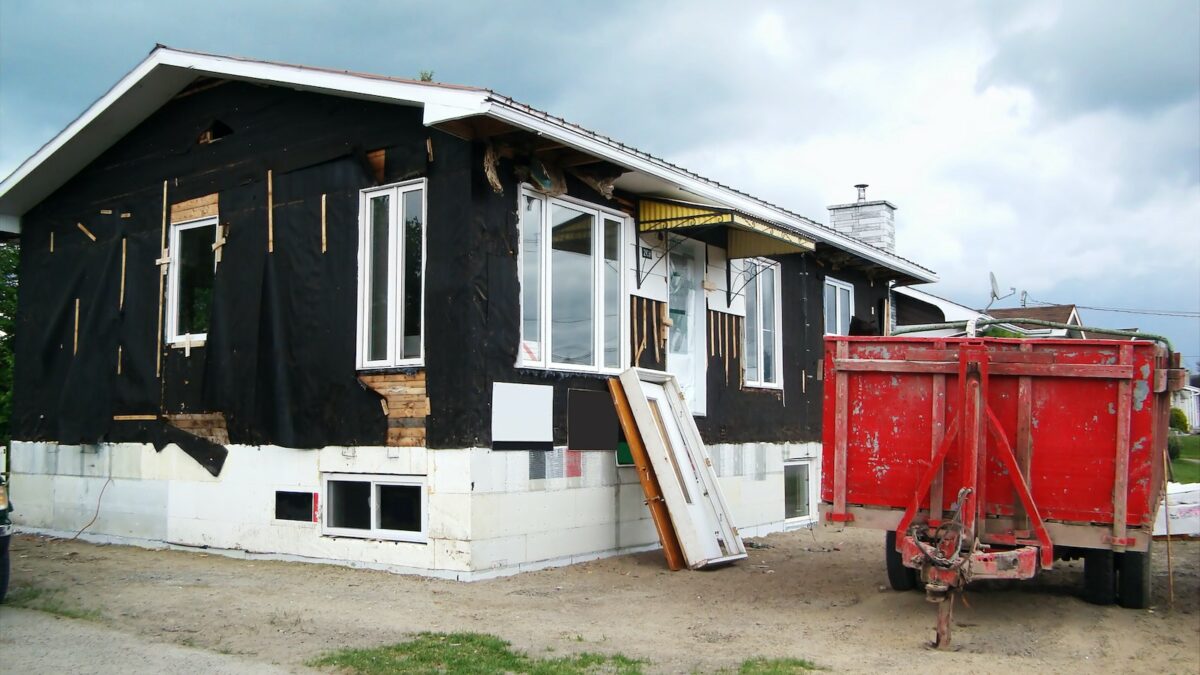
What do you do when you live in a great location but hate the house? With the increased cost of land, moving to a location just as desirable often isn’t possible, or there’s no land available. Renovating has its limitations, too, so what do you do?
Tearing down your home and starting from scratch may seem like a drastic measure, but it can be the most practical solution. Is it right for you, though? Let’s find out.
What Kind of Home is a Teardown Candidate?
We’ll start by saying that modern homes and apartments don’t make good teardown candidates. It will always be far more expensive to rebuild a modern, up-to-date property than it will to make modifications. As far as apartments are concerned, you can’t tear it down without taking the entire building with you (which you probably don’t own).
The ideal teardown will generally have one or more of the following characteristics:
- Older (more than 50 years) homes
- Outdated, unsafe features and systems
- The cost of renovations outweighs the cost of building a home
- Anything with structural issues
- Smaller than average properties
- No room or the inability to expand or create additions
- The land is worth a lot more without a house on it
- It’s too expensive to move locations
Let’s go into these in a bit more detail:
Older, Outdated Homes
This is the main reason that people choose to tear down their homes instead of renovating them. Often, outdated properties have an inefficient layout, are incredibly wasteful in terms of energy consumption, and feature broken or unsafe systems such as faulty wiring and plumbing.
When you weigh up the cost, time, and amount of renovations required to bring the home up to date, it often comes out much higher than building an entirely new property. Therefore, if you have no emotional attachment to the house, tearing it down and starting over can be the best choice.
Structural and Foundational Issues
Any property with faulty, damaged, or inadequate foundations has to go. The same goes for structural problems like cracks in the walls and extensive mold and rot issues.
Without a solid structure and foundation, the house will eventually tear itself down, and you don’t want to be inside of it when that happens. Instead of tempting fate, get the job done yourself and rebuild anew.
Small Properties With No Ability to Expand
That cute three-bedroom house may have been perfect when you first bought it, but now you’ve got a few kids, pets and other family members wanting their own space, the time has come to expand.
The problem is that the current layout of the home doesn’t allow for expansion. Or, your HOA or local council has placed restrictions on the height, width, and length of your home. This can quickly end any expansion plans you had in mind.
In these cases, if you want to stay put on the land, rebuilding with a conforming, practical layout may be your only option.
The Land is More Valuable as a Vacant Lot
The time has come for you to move to pastures new. The problem is that your home is old and tired and no one wants to buy it. The land, on the other hand, is in a prime spot and desirable location. In this case, make way for someone else’s vision and clear the land before you sell it.
There are plenty of people out there just waiting for land to build their dream home on. What they don’t want is your decrepit old house.
It’s Too Expensive to Move
If you live in a location that’s in demand, you’ll have probably noticed the cost of land soaring. If your home isn’t up to standard, you’re not going to get a reasonable price for it. You’ll then find that moving to a similarly priced location with a modern home will be out of reach.
In these cases, it can be a lot less costly to keep the land and modernize the buildings on it.
Full or Partial Tear Down?
If you’re planning to stay put on the land, you can consider whether or not you need a full tear down. Partial demolitions can be just as effective and save you a fair amount of cash along the way.
Consider a partial tear down if:
- The foundations are still good and can be reused
- Only part of the property is in bad repair
- Your local government has placed restrictions on a full tear down
- You only need to knock down part of the property in order to expand

When Shouldn’t You Tear Down?
Unfortunately, regardless of its condition, it’s not always possible to tear down a property. This is nearly always because it’s classed as historically significant. In these cases, it’s a lot more difficult and expensive to obtain permission to demolish the property. Even if you do gain permission, there will be strict preservation rules in place requiring you to retain the style and character of the building.
Some communities also have land use rules in place, which require you to retain the existing character of the neighborhood. This means you’ll have to adhere to the size restrictions and standards of the area.
Before you start enthusiastically knocking down walls, always check if you have any of these restrictions beforehand.
Tearing down a home isn’t a decision to take lightly, but it is a practical solution for many scenarios. In many cases, it’s the only solution if you want to live somewhere that’s modern and energy efficient. Before you embark on the project, just be sure to research the feasibility of it as well as weigh up the cost compared to renovating.

